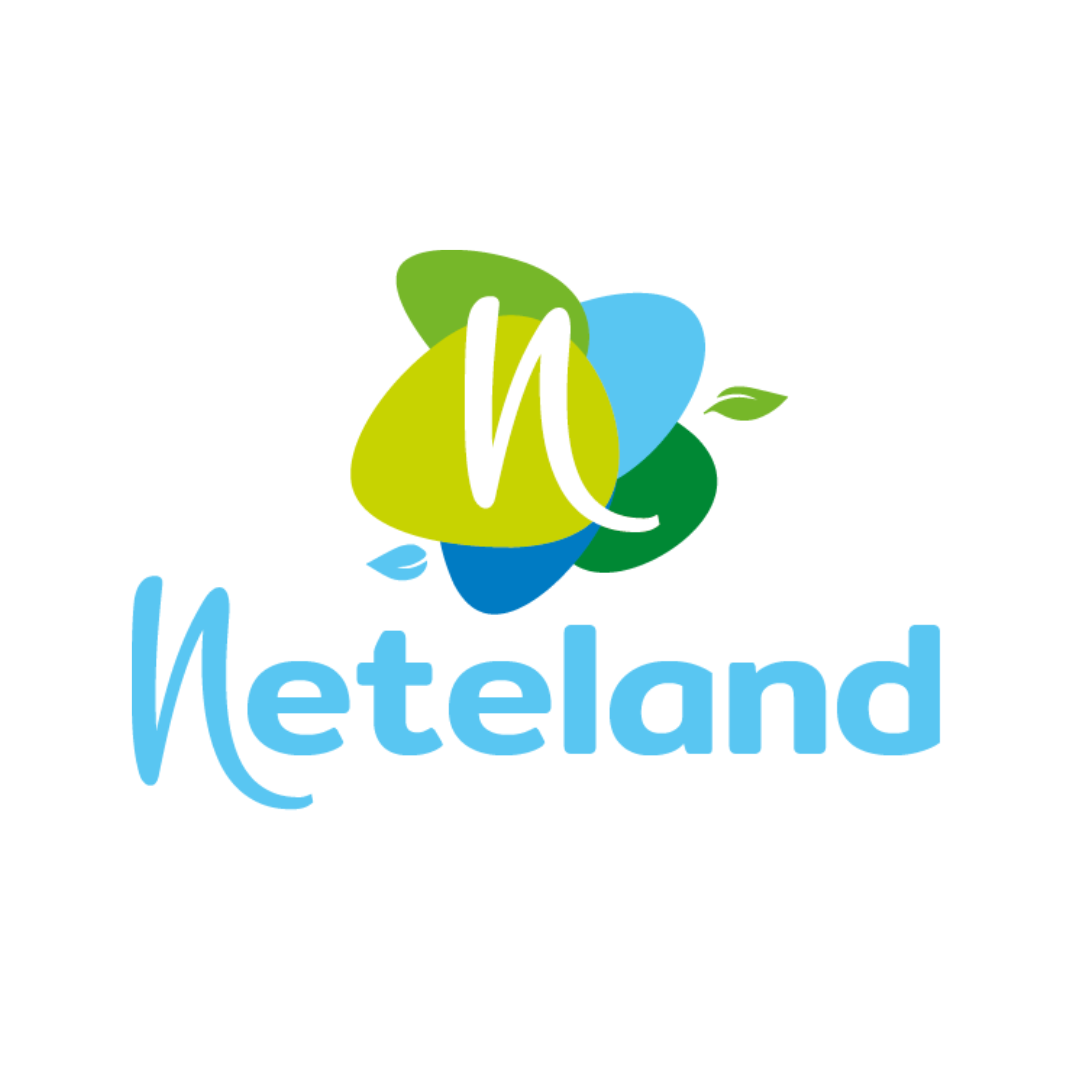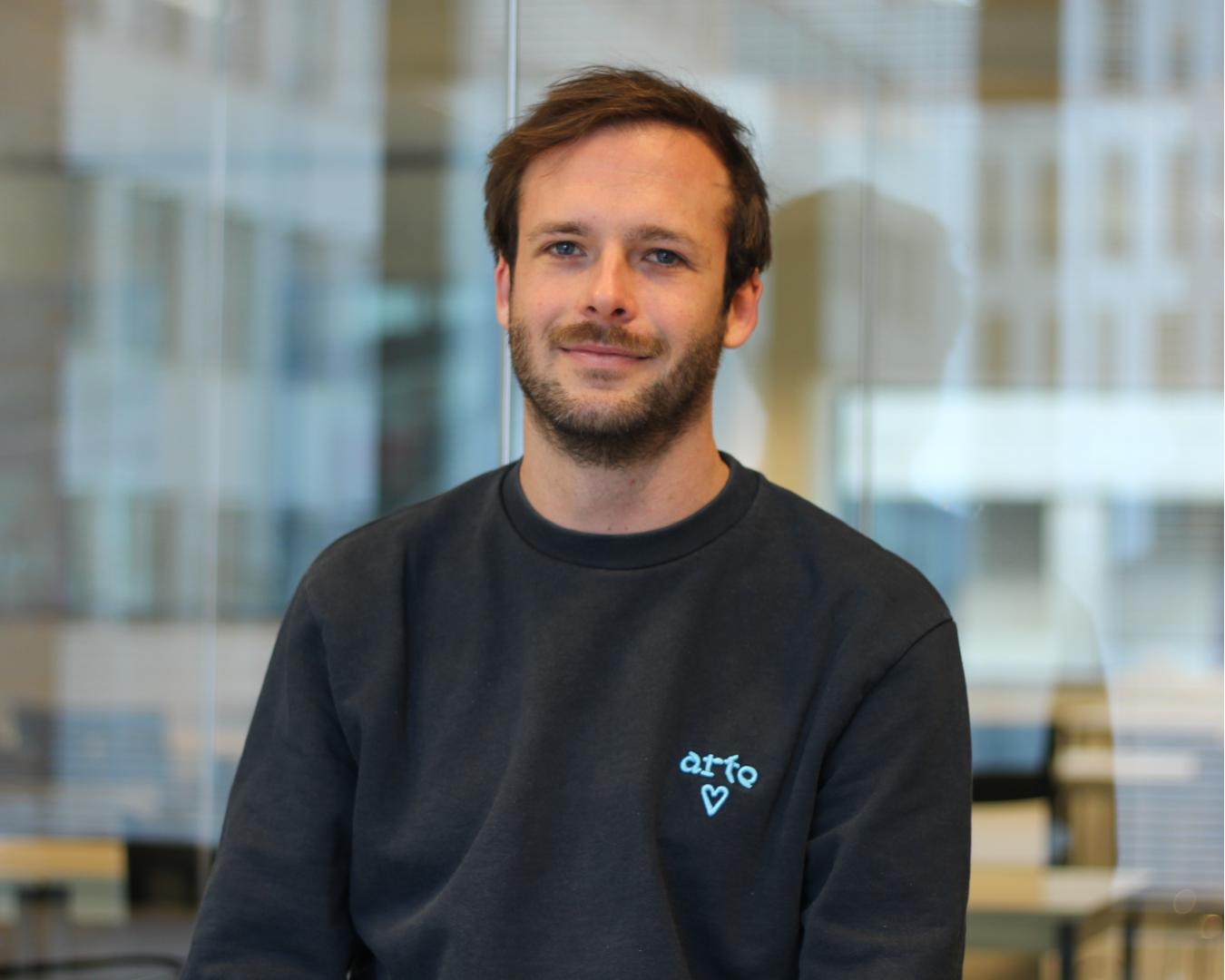We work on more than 300 projects every year.

Exploring future cooperation of Neteland
Bram Van Haelter
The challenge
From a shared DNA, the belief in transversal cooperation with priority partners and with the objective of the network organisation in mind, Neteland had grown in recent years into a valued and performing intermunicipal cooperation. Although all involved experienced Neteland as a positive story, the existing cooperation model was bumping up against its limits: too much reliance was placed on the voluntary commitment of employees, joint support services required professionalisation, the legal form proved legally inadequate for the scope of the cooperation, …
The process & results
Before analysing the cooperation as a whole, the question arose whether each of the participating municipalities still had sufficient administrative capacity. After all, it was known that the cooperation demanded a lot from the municipal departments involved. Based on an extensive analysis of primary (multi-year plans, organisational charts, relevant policy documents…) and secondary data sources (SDG Monitor, Gemeente- en Stadsmonitor, Beleids- en Beheerscyclus, Provincies in Cijfers…), an attempt was made to get an informed picture of a number of core, context and perception indicators. This was complemented by insights from an exploratory staff survey in each of the participating boards, in-depth interviews with the mayors and general managers and working sessions with municipal councillors.
In the second instance, it was no longer the individual boards that were the subject of our research, but the cooperation itself. Intensive sessions with the so-called thematic policy groups – in which staff from the various municipalities were brought together to concretise cooperation around a particular policy area – revealed a double picture. On the one hand, Neteland had experienced a very fast, powerful and dynamic development in recent years. The added value of the cooperation for the municipalities involved was beyond dispute, support was broad and trust was strong. At the same time, the cooperation turned out to be a giant with feet of clay. The whole dynamic relied on the voluntary commitment of a number of pullers, and the organisational model turned out to be unsuited to the extensive operation.
In a final report, we combined the insights from the governance capacity analyses of the individual municipalities as well as those from the evaluation of the cooperation as a whole. In doing so, we offered concrete tools to optimise the existing functioning, and formulated several future scenarios for enhanced cooperation. In each of these scenarios, we offered insights into their meaning for a number of concrete organisational factors (from the legal form to the organisation of support services and the substantive focus).

